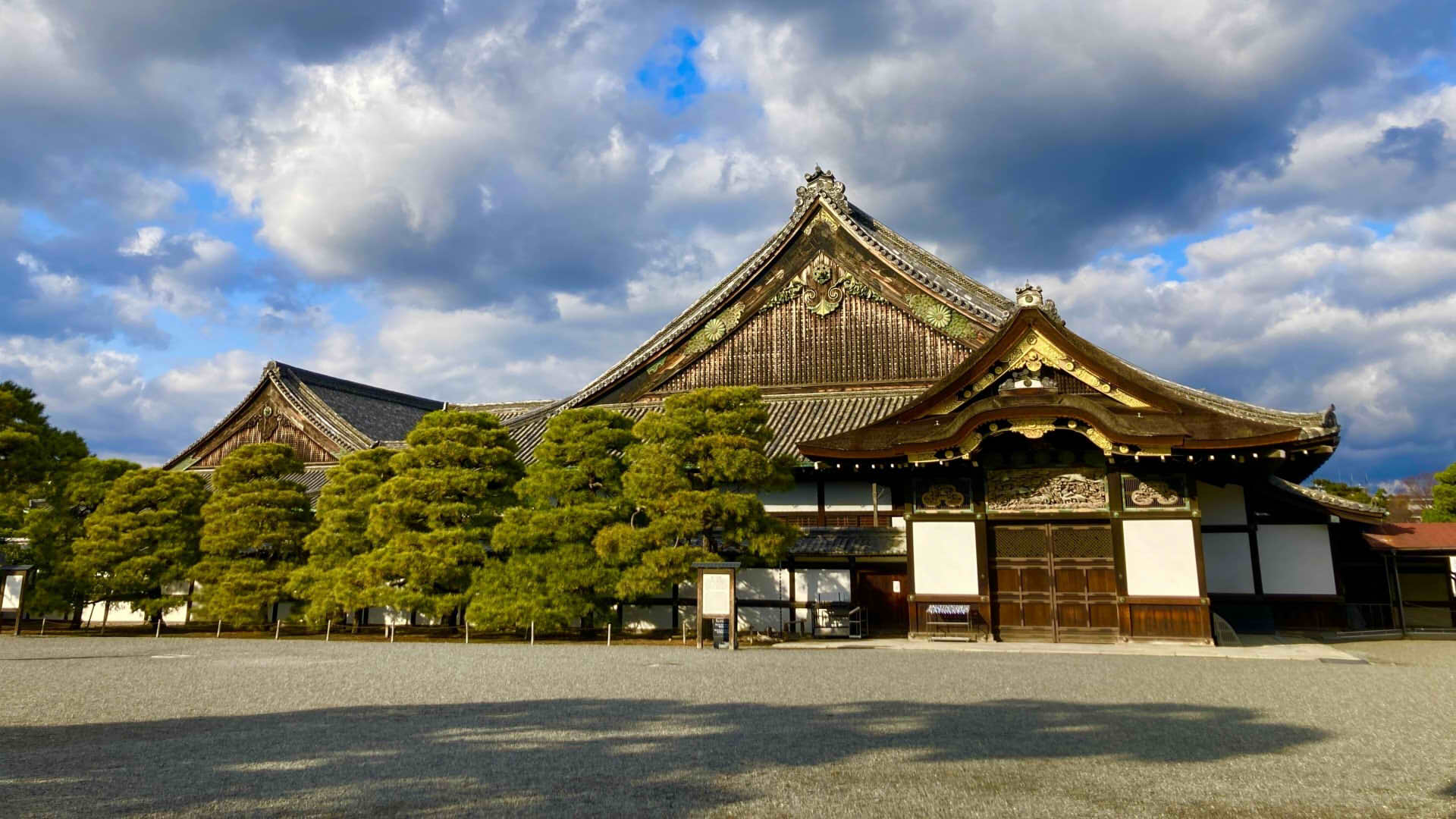
The Historic Monuments of Ancient Kyoto (Kyoto, Uji and Otsu Cities) is a cultural UNESCO World Heritage site located in the cities of Kyoto, Uji, and Otsu in the Kansai region of Japan. The site consists of 17 historic sites, including temples, shrines, and castles, that date back to the 8th century.
Some of the notable sites include the Kiyomizu-dera temple, which was built in the 8th century and is known for its wooden veranda that offers a panoramic view of the city; the Nijo Castle, which was built in the 17th century and is famous for its architecture and the Nightingale floors that squeak when stepped on to alert of intruders; and the Golden Pavilion (Kinkaku-ji), a three-story Zen Buddhist temple covered in gold leaf.
Other sites include the Ryoan-ji Temple, the Fushimi Inari Shrine, and the To-ji Temple, among others. These sites represent the development of Japanese art, architecture, religion, and culture over the centuries and are a testament to the wealth and power of the ruling classes during various periods of Japanese history.
The Historic Monuments of Ancient Kyoto were inscribed on the UNESCO World Heritage list in 1994, and they are open to the public as tourist attractions. Visitors can learn about the rich cultural heritage of Japan and experience the beauty and serenity of these ancient sites.
Components
- Kamowakeikazuchi-jinja (Kamigamo Shrine)
- Kamomioya-jinja (Shimogamo Shrine)
- Kyo-o-gokoku-ji
- Kiyomizu-dera
- Enryaku-ji
- Daido-ji
- Ninna-ji
- Byodo-in
- Ujigami-jinja
- Kozan-ji
- Saiho-ji
- Tenryu-ji
- Rokuon-ji
- Jisho-ji
- Ryoan-ji
- Hongan-ji
- Nijo-jo
